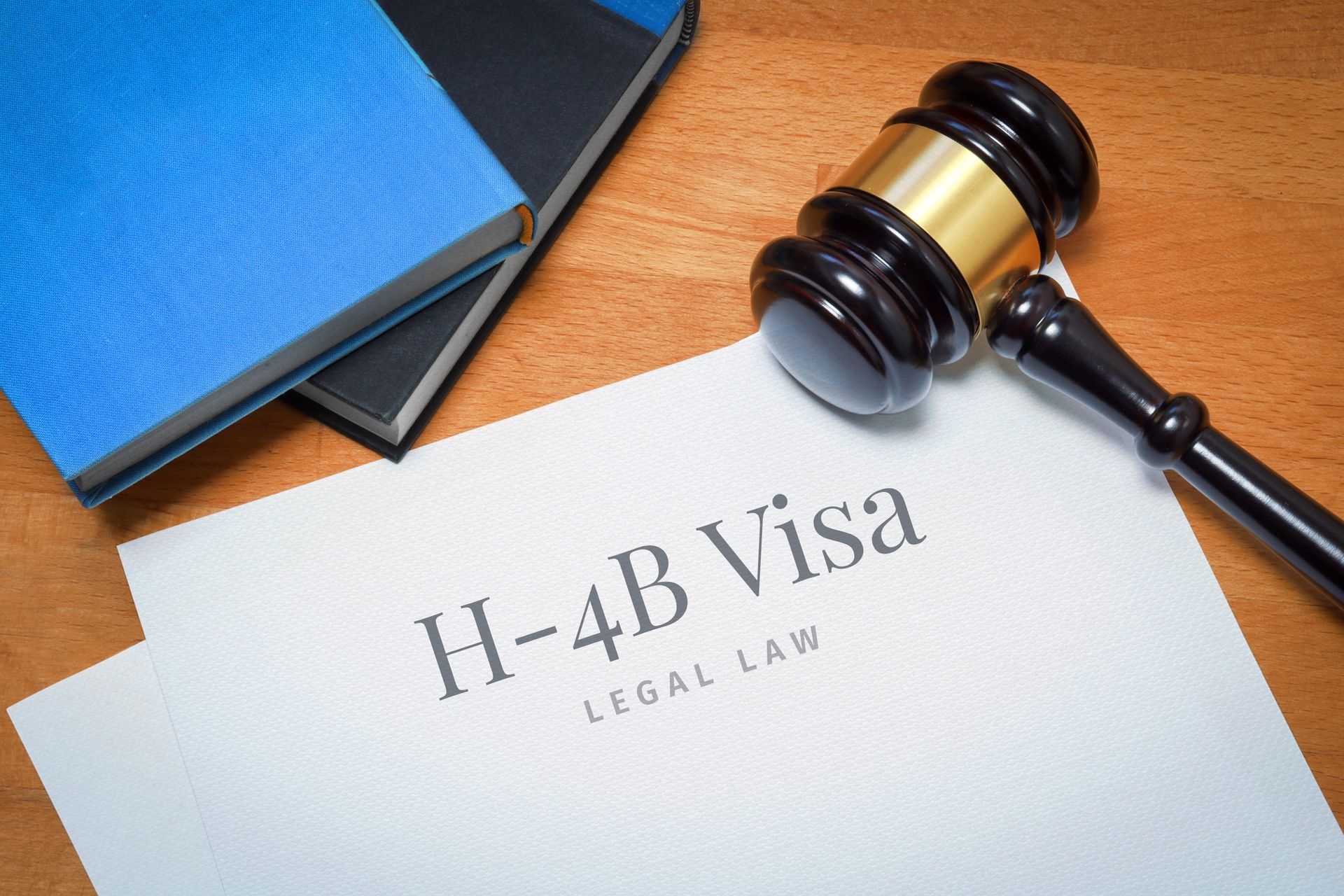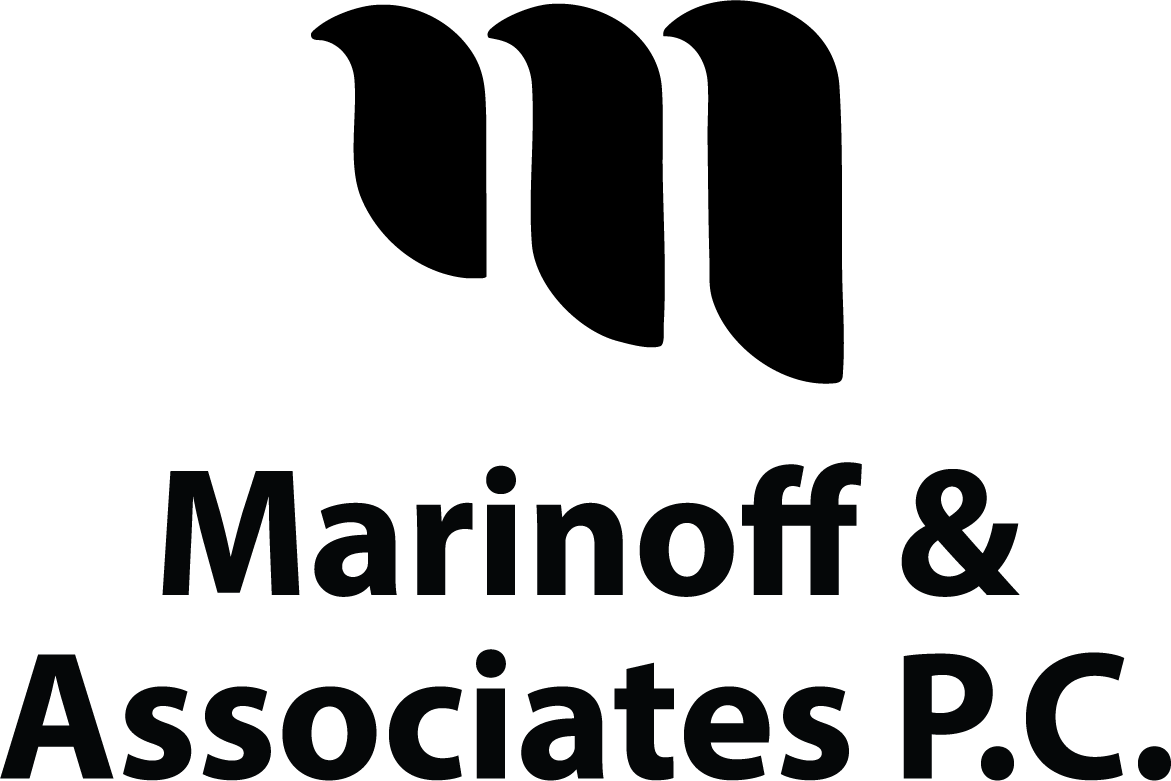
If you're exploring opportunities to work or train in the U.S., the H series of nonimmigrant visas might be your gateway. These visas are designed to let U.S. employers bring in foreign talent—whether it’s highly skilled professionals, seasonal workers, or trainees. If you're an applicant, understanding these visa types is essential to finding the right fit and avoiding common pitfalls. Let’s walk through the main H visas and what they mean for you.
H-1B: For Professionals in Specialized Fields
The H-1B visa is probably the most well-known of the H series. It’s meant for jobs that require a bachelor’s degree or higher in a specific field—think tech, engineering, finance, medicine, law, and similar industries. If you’re someone with a college degree and you’ve been offered a job in a "specialty occupation," this is likely the visa you’ll be looking at.
To apply, your U.S. employer has to show that the position needs a degree and that you’re qualified for it. They’ll also need to file a Labor Condition Application (LCA) with the Department of Labor to make sure you’re being paid fairly and that your job won’t harm the working conditions of American workers.
There’s a yearly cap: 65,000 H-1B visas are available, plus another 20,000 for people who earned a master’s or higher from a U.S. university. Some employers, like universities and nonprofit research groups, don’t have to worry about the cap at all.
Once approved, your H-1B visa is typically good for three years, with the option to extend to a maximum of six. There are also special H-1B categories: one for those working on U.S. Department of Defense research projects, and another for fashion models with exceptional ability.
H-2A: For Temporary Agricultural Jobs
The H-2A visa is all about agriculture. If you’re interested in seasonal farm work—like planting, harvesting, or picking—this could be the route for you. These jobs are temporary by nature, and employers use the H-2A program when there aren’t enough U.S. workers available to fill those roles.
To make it work, your potential employer has to get a temporary labor certification from the Department of Labor. That certification proves two things: one, that they really do need foreign workers, and two, that hiring you won’t push down wages or hurt conditions for U.S. workers.
The great part? There’s no annual cap for H-2A visas, so as long as there’s a certified need and you meet the requirements, you can be considered. You can stay in the U.S. for up to a year at a time, and your visa can be renewed in one-year increments. However, you can’t stay longer than three consecutive years without first spending a few months outside the U.S.
H-2B: For Temporary Non-Agricultural Work
If farm work isn’t your thing, but you’re still looking for seasonal or short-term employment in the U.S., the H-2B visa might be a better fit. These visas cover non-agricultural jobs—such as landscaping, construction, hospitality, seafood processing, and amusement park work.
Just like with H-2A, your employer needs to get a temporary labor certification. They also need to show that the job is truly temporary. That can mean it's seasonal, a one-time occurrence, or needed to handle a short-term peak in business.
The H-2B visa is subject to an annual cap of 66,000. Half of those go to workers starting in the first half of the fiscal year (October to March), and the other half are for those starting between April and September. Sometimes, the government releases additional visas based on economic demand.
You can generally stay for up to a year at a time. Like H-2A, the maximum is three years before you’ll need to leave the country for a few months before reapplying.
H-3: For Trainees and Special Education Visitors
The H-3 visa is a bit different. It’s for people who want to come to the U.S. to receive training in fields that aren’t available in their home country. This could be in areas like business, communications, government, or the nonprofit sector. There’s also a special category for visitors participating in training programs related to special education—specifically, programs that help children with physical, mental, or emotional disabilities.
To qualify, the training program must be well-structured, clearly defined, and not designed just to give you a job. Productive work can only be a small part of the training—it’s not a work visa in the traditional sense. Your employer will need to show that the program will benefit you when you return home and that it won’t replace a job that could go to a U.S. worker.
H-3 trainees can stay in the U.S. for up to two years. If you’re coming as a special education exchange visitor, the limit is 18 months.
H-4: For Spouses and Children of H Visa Holders
If your spouse or parent is coming to the U.S. on an H visa, you may be able to join them on an H-4 visa. This is available to spouses and unmarried children under 21 of H-1B, H-2A, H-2B, or H-3 visa holders.
H-4 visa holders can attend school and, in many cases, qualify for in-state tuition at public colleges. However, you won’t automatically be allowed to work. That said, if your spouse is on an H-1B visa and has an approved I-140 immigrant petition (a key step in the green card process), you may be eligible for work authorization by applying for an Employment Authorization Document (EAD). Once you have the EAD, you’re free to work for any U.S. employer.
Final Thoughts
The H visa categories open a wide range of possibilities for people who want to work, train, or accompany loved ones in the U.S.—whether you're a software engineer looking for a job in Silicon Valley, a farmworker seeking seasonal work, or someone hoping to gain hands-on experience in a specialized training program.
Choosing the right visa depends on your skills, goals, and what kind of opportunity you’re pursuing. Understanding the differences between the H-1B, H-2A, H-2B, H-3, and H-4 visas can help you avoid delays or rejections—and put you on a path to success. If you’re considering applying, or if you’ve received a job offer from a U.S. employer, it’s a good idea to talk with an immigration attorney who can help you navigate the process and make sure everything is done correctly from the start.



